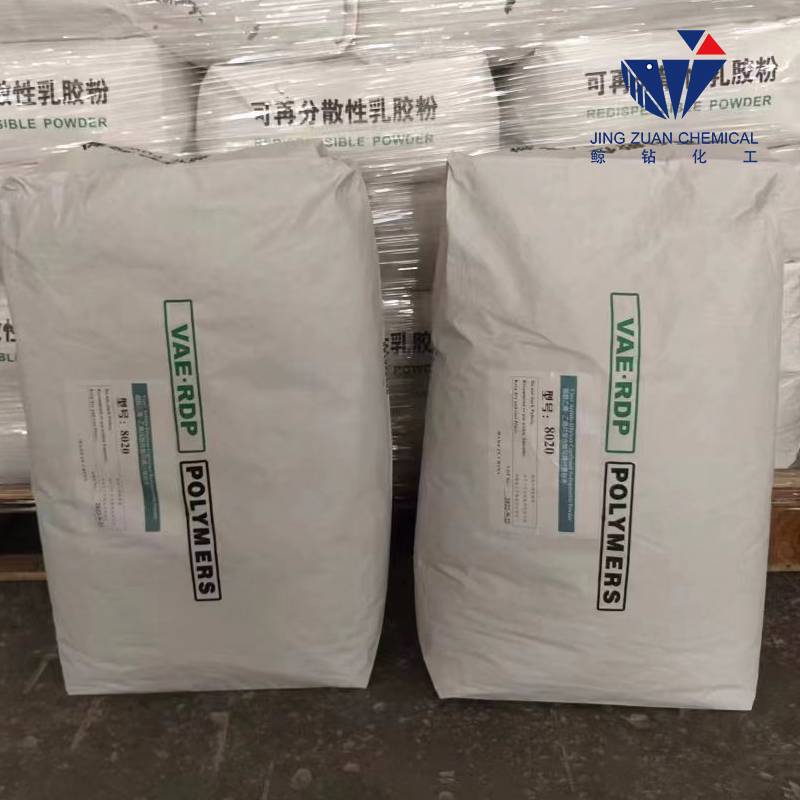
ธ.ค. . 16, 2024 11:16 Back to list
Properties and Applications of Re-Dispersible Polymer Powders in Construction Materials
Understanding Redispersible Polymer Powders Properties, Applications, and Benefits
Redispersible polymer powders (RDPs) have gained significant attention in various industries due to their versatility and performance-enhancing properties. These fine powders, created from aqueous dispersions of polymers through a spray-drying process, can be conveniently re-dispersed in water, making them valuable in applications ranging from construction to coatings and adhesives. This article delves into the features, applications, and advantages of redispersible polymer powders.
Properties of Redispersible Polymer Powders
RDPs are predominantly composed of various polymer types, such as polyethylene, styrene-acrylics, and ethylene-vinyl acetate, which contribute to their unique characteristics. One of the key properties of RDPs is their excellent film-forming ability. When mixed with water, they re-disperse to form a cohesive film that binds other materials together effectively. This film formation enhances adhesion, flexibility, and durability.
In addition to their bonding capabilities, RDPs offer improved resistance to water, UV light, and temperature variations, which is critical for applications exposed to harsh conditions. Their ability to maintain performance in diverse environmental scenarios makes them suitable for both indoor and outdoor applications.
Applications of Redispersible Polymer Powders
1. Construction Industry RDPs are frequently utilized in construction materials, including cement-based products, tile adhesives, and skim coats. By incorporating RDPs, manufacturers enhance the workability and performance of these products. The polymers improve adhesion to substrates, reduce water absorption, and increase flexibility, thereby extending the lifespan of construction materials.
2. Coatings In the coatings industry, RDPs are valued for their film-forming properties and excellent gloss retention. They enhance the durability and washability of paints, providing a long-lasting finish that is resistant to peeling and environmental degradation. Additionally, they allow for easier application and improved leveling, crucial for achieving aesthetic appeal.
3. Adhesives RDPs play an essential role in the formulation of adhesives, improving their initial tack and wet adhesion. These powders contribute to an efficient bonding process, even on difficult surfaces. By incorporating RDPs, adhesive manufacturers can develop products that provide strong performance while maintaining flexibility, which is vital for various applications, including packaging and lamination.
re dispersible polymer powder

4. Textile Industry In textiles, RDPs are used to improve the handfeel and durability of fabric finishes. They provide a soft touch while enhancing wash resistance, making them ideal for garments and upholstery.
Benefits of Using Redispersible Polymer Powders
1. Versatility RDPs can be formulated with various other components, making them adaptable to different requirements across multiple industrial applications. This versatility allows manufacturers to customize products to meet specific performance standards.
2. Cost-Effectiveness The use of RDPs can lead to cost savings in formulations. Their integration into products can reduce the amount of binder needed, inherently lowering material costs without sacrificing quality.
3. Sustainability Many RDPs are produced from renewable resources, aligning with the growing demand for sustainable materials. Additionally, their performance characteristics allow manufacturers to create eco-friendly formulations without compromising on effectiveness.
4. Ease of Handling As a powder, RDPs are easy to store, handle, and transport compared to liquid dispersions. This aspect simplifies logistics and improves shelf life, providing manufacturers with added efficiency.
Conclusion
Redispersible polymer powders represent a dynamic component in modern formulations across various industries. Their superior properties enhance the performance of construction materials, coatings, adhesives, and textiles, making them indispensable in product development. As industries continue to focus on efficiency, cost-effectiveness, and sustainability, the demand for RDPs is expected to grow, solidifying their role as a crucial element in advanced material formulations. By embracing these innovative powders, manufacturers can achieve significant improvements in product quality and performance, catering to the evolving needs of consumers and industries alike.
-
Versatile Hpmc Uses in Different Industries
NewsJun.19,2025
-
Redispersible Powder's Role in Enhancing Durability of Construction Products
NewsJun.19,2025
-
Hydroxyethyl Cellulose Applications Driving Green Industrial Processes
NewsJun.19,2025
-
Exploring Different Redispersible Polymer Powder
NewsJun.19,2025
-
Choosing the Right Mortar Bonding Agent
NewsJun.19,2025
-
Applications and Significance of China Hpmc in Modern Industries
NewsJun.19,2025







